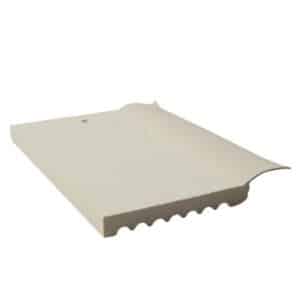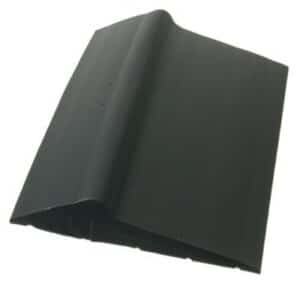
Garage Door Weatherstripping: All About it
Are you looking for ways to weatherproof your garage? Installing garage door weatherstripping around the four corners of your garage door will help keep wind, debris, and water out. Read on to get answers to some of the most common garage door seal questions.
Why should I weatherstrip my garage?
Weatherstripping protects your garage from harsh weather and provides a clean-finished look. You can keep items on the ground without fear of water damage. Weatherstripping also keeps rodent and debris from making their way inside your garage. If your garage door is heated or cooled, you should realize lower utility bills after weatherstripping
Where can I install garage door seals?
Your garage door perimeter consists of two sides, a top, and a bottom.
Starting from the top, you can install a 2″ or larger door stop that is nailed to the exterior door jamb. The PVC door stop has a flexible vinyl or rubber flange that presses against the garage door when closed. For even more weather-proofing, top caps fit on top of the first section and may or may not have a flange. These caps provide a hidden layer of waterproofing.

We use the same type of door stop on your side jambs. The continuous flange and finish provide a nice finished border to your garage. For rodent protection, opt for strips of adhesive stainless steel behind the stops. Click here to see how rodent shields work. Brushed seals are available as an alternative to PVC stops.
Don’t confuse bottom seals with a threshold. Bottom seals are on the bottom of the section that sits on the ground. If you have a real wooden garage door, your bottom seal is nailed or stapled to the last section. For steel doors, your bottom seal is fed into a retainer attached to the last section of your door. This bottom seal can have a single or two points of contacts with the ground and is u-shaped. This u-shape provides a weather tight bulb-seal when in contact with the ground.

Garage door thresholds, adhered to the floor with caulk, repel the elements. These fixed weather seals help extend the life of your concrete flooring.
Where can I buy garage door seals?
We like using OEM (original equipment manufacturing) garage door weatherstripping when possible. Amarr, Clopay, Wayne Dalton, and others ship their doors with bottom seals. If you need a new retainer or bottom seal, we’ll look to see if the original parts are available. If they’re not, we shop price and availability from a handful of suppliers. Some popular garage door seal providers are https://www.servicespring.com/, https://www.garagedoorweatherseal.com/, and https://ddmgaragedoors.com/index.php. When in doubt, you can also buy material from Amazon.
When should I replace weatherstripping?
Like all exterior elements, weatherstripping will deteriorate over time. If you notice water, wind, or debris in your garage check your weatherstripping for cracks, breaks, or folds. Folds occur when the fin is getting caught in the door, leaving a corner open. One tip for checking the effectiveness of your weatherstripping is to close your garage door, press against a section and see if it creates a gap. Your weatherstripping should stay pressed against the garage door. If that’s not the case, you can realign your door stops closer to the sectionals for a tight fit.
At Heritage Garage Door, we service garage doors and their parts. If you’re shopping for garage door items in Southern California, look at our garage doors, openers, and accessories.
Please contact us if you have questions about seals, thresholds, or weatherstripping.



